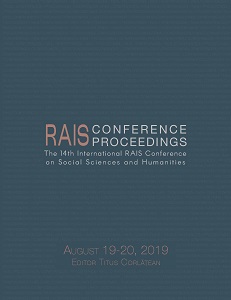The Potential of Cinematic Language
in Geography Education and the Relationship
among Communication, Culture and Geography
The Potential of Cinematic Language
in Geography Education and the Relationship
among Communication, Culture and Geography
Author(s): Gabriela Candeu
Subject(s): Environmental Geography
Published by: Scientia Moralitas Research Institute
Keywords: geographic tought; geographic education; cinematic language; interdisciplinary practices;
Summary/Abstract: From the beginning of geographic thought, authors like Kant, Humboldt, and, Vidal de La Blache made reference to the necessity of the images in the construction of geographic thought. Nowadays,new interpretation of this correlation is worthwhile because of the intensity of images, and in this case, films that children and young people are exposed to daily, without necessarily understanding the geography behind the creation of these symbols and meanings. Due to this phenomenon, this research is based primarily on identifying the need to incorporate these languages into teaching, in a way that is not just illustrative. The need for this incorporation is to enable students to develop critical geographic thought around these constant images, while creating a closeness between the geographic content and the cultural life of students. The purposes of this practice were to provoke the student`s to make the act of watching a movie an exercise of geographic thought. The research was carried out with an extensive bibliographical investigation to support the practical part of the project executed in two schools in the city of São Paulo. At the conclusion, the potentialities of the work with cinematic language in geography education were evident, as well as an analysis of the main problems of this interdisciplinary practice.
Book: Proceedings of the 14th International RAIS Conference on Social Sciences and Humanities
- Page Range: 182-186
- Page Count: 5
- Publication Year: 2019
- Language: English
- Content File-PDF

